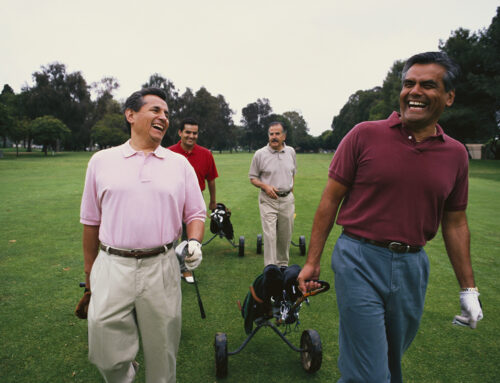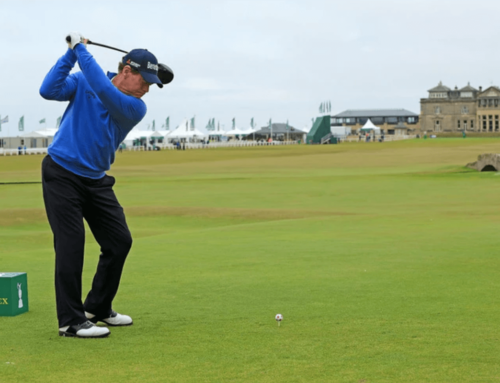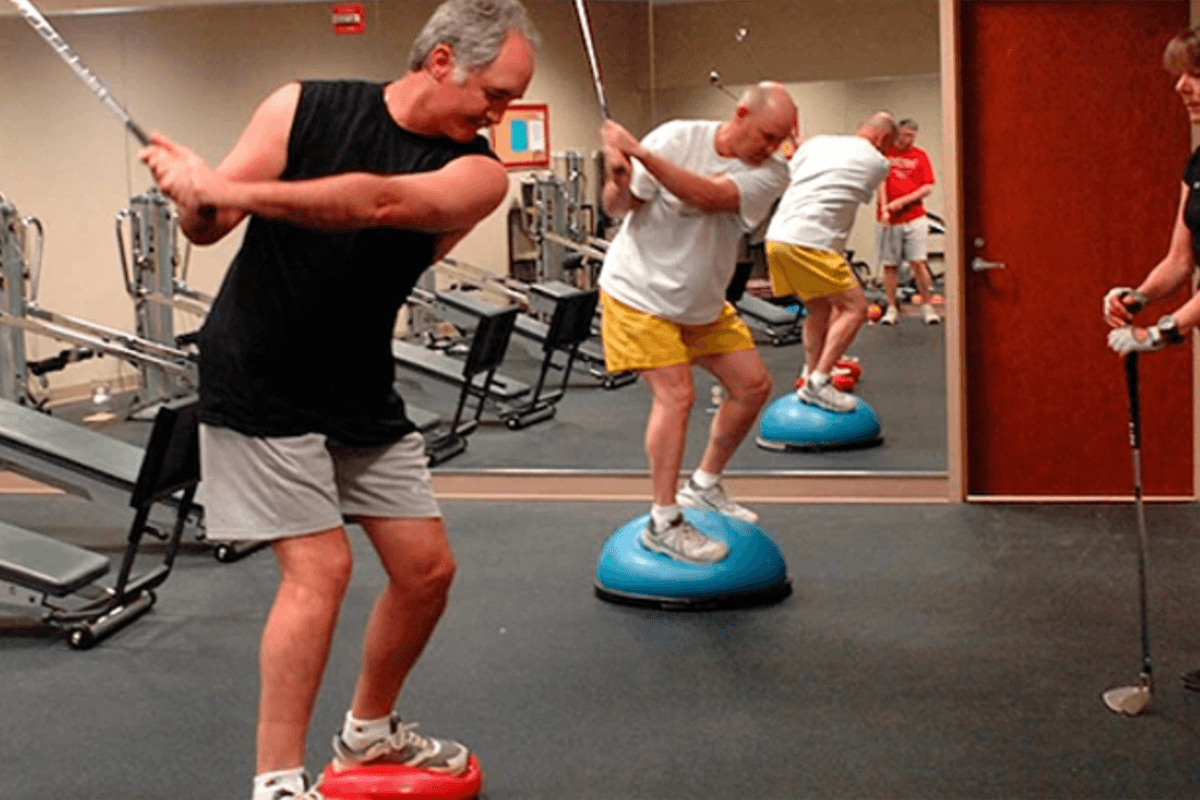
Ditch the bosu ball – unstable surface training won’t help your golf
By Rachael Tibbs | August 15, 2022
The whole point of sports specific training is to improve your performance within that given sport. Without any transfer of that training, it’s pretty much a waste of your time.
If you are in the gym training to run faster, whether it be a faster sprint or a quicker 10k time, you want to make sure that you ultimately run that distance faster. That is the performance outcome of your training.
Footballers generally are looking to improve performance on the field, this may be more agility and ability to change direction to take the ball past a defender or keep up with an attacking move. Again, their training in the gym needs to facilitate this and make it easier for the player to produce this during their games.
The exact same principle should apply to physical preparation and training when improving golf performance. However far too often this goes out of the window in a bid to look more exciting and ‘golfish’.
One of the biggest misunderstandings I see in golf physical preparation is the use of unstable surface training. You might have seen people using bosu balls and swiss balls to perform squats and lunges, or even attempt rotational golf swings and chops. This is with the view that these exercises will help the golfer develop more balance and stability when they get back out onto the golf course.
I agree that these exercises look pretty cool and they gain a lot of attention when posted on Instagram and Facebook pages. “Wow, how cool is that? I’ll be sure to try that next time I’m at the gym.” We’ve all done it.
I’ll admit they do require a great amount of balance and athletic ability to perform, but are they actually going to help you improve your balance, stability, and ultimately allow you to hit the golf ball further? The science suggests not.
Without getting too scientific, here’s why…
Three reasons to stop unstable surface training
1. How often do you play golf on an unstable surface?
Never, is the answer – unless you are playing on the boggiest course in the world. Why do we feel the need to create instability under our feet to help improve stability in our golf swing? It’s a sport which is played with our feet firmly on the ground.
The instability in our golf swing comes from the rotational forces placed further up the body when we start to swing the golf club. With our feet and knees firmly on the ground you should look to create the instability further up the chain and not at the ground.
Instability can be created with a load at one side of your body so you have to resist the rotation or by using split stance and half kneeling positions, on a stable solid surface.
2. You can’t shoot a cannon out of a canoe
One of the biggest reasons for golfers training in the gym is to improve the distance that they hit the ball. One of the biggest ways that we develop this is through strength and power training and helping the golfer to increase their rate of force production.
Producing more force in less time is the key to enhancing performance in all sports. As golfers we want to use the ground as much as we can – you’ve probably heard your golf coach go on about this all the time.
Now here’s the science part. Newton’s Third Law of Motion states: “For every action, there is an equal and opposite reaction.” This applies to ground reaction forces that are generated as you push against it with your feet in your golf swing.
The more force applied, the more force will come back from the ground into the body and ultimately into the golf club.
The more force and speed transferred to the club, the further the ball will travel.
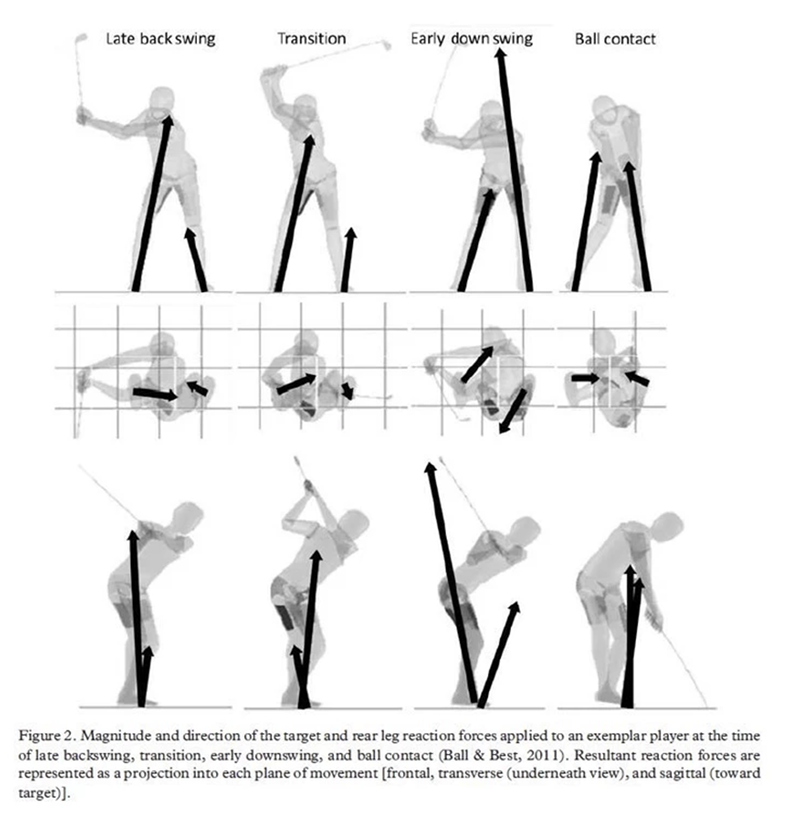
3. You’re wasting your time
Research with athletes has found that unstable surface training does not result in improvement in performance of certain athletic abilities, such as the height that they can jump. We know that vertical jump height is correlated with a golfers clubhead speed so that is a specific area that we want to develop due to the transfer to the golf swing.
However, it was found in a six-month study by Eric Cressey and co that unstable surface training had a detrimental affect on their strength training and did not result in any improvement in all tests measured – including the jump test.
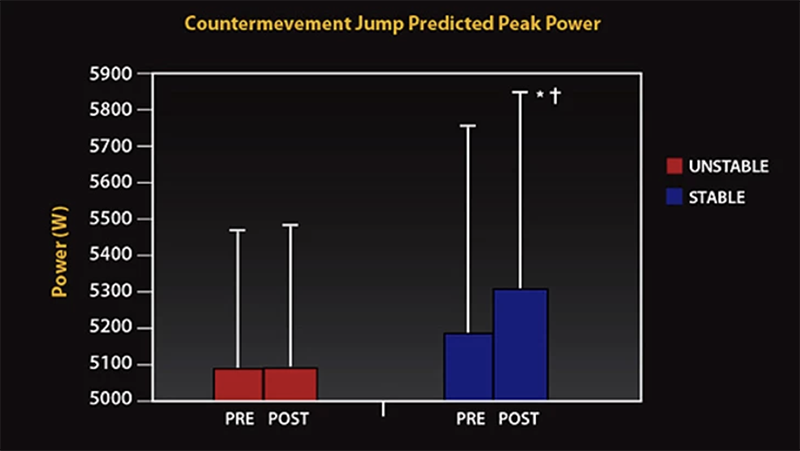
With this evidence, you are potentially wasting your time on these exercises as they are at a detriment to your progress and performance.
Although these exercises may look ‘sexy’, what are they really doing to enhance your golf game? If it’s stability that you are looking to improve in your golf swing, look out for next week’s article where I will give you the pick of my favourite golf stability exercises – no bosu balls required.


